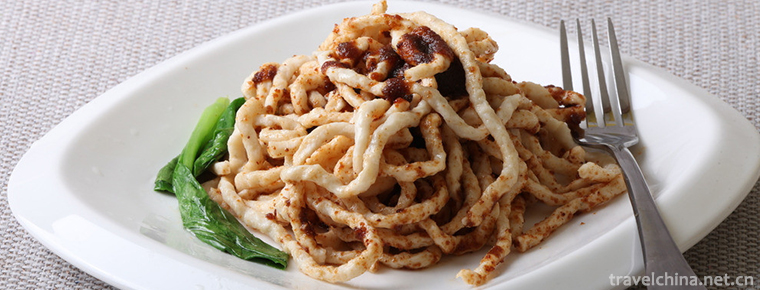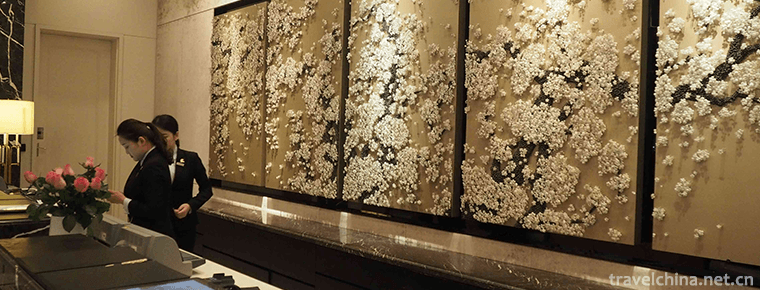2018-11-02

- By ChinaWiki.net
- Chinese Edition
- 2019-05-11
Leizhou song
Leizhou Song, folk literature of Leizhou City, Guangdong Province, is one of the national intangible cultural heritage.
According to the records in historical books, Leizhou songs were prevalent as early as the Song Dynasty. After the 1990s, people divided Leizhou dialect into different rhymes to express different content functions.
In 2008, Leizhou Song was selected as the second batch of national intangible cultural heritage, numbered I-81.
historical origin
According to the records in historical books, Leizhou songs had been popular as early as the Song Dynasty. It can be said that Leizhou song is a reflection of the whole Leizhou culture, an important part of the Yanhuang culture, and at the same time it adds a new glory to the Yanhuang culture. The local people in Leizhou have regarded Leizhou songs as important as eating and dressing. Not only that, Leizhou Opera also derives from Leizhou Opera, one of the four major operas in Eastern Province, in which the lyrics of Leizhou Opera are Leizhou Song.
Leizhou Song has been spread to Minnan-speaking areas and countries in a long time. As early as before the Republic of China, Leizhou's "Girl" song group went to Leizhou Chinese and overseas Chinese areas in Southeast Asian countries to sing.
In the 1990s, according to the practical requirements of the masses, Zhanjiang Leige Research Association divided the rhymes of Leizhou songs into Leizhou dialects. Different rhymes have the function of expressing different contents.
Cultural characteristics
Structurally rigorous, level and harmonious, beautiful rhythm. Each 4 sentences, 7 words per sentence, some of which can be added 2 to 3 words before each sentence, called "song pad"; the first, second and fourth sentences end with Leizhou phonology (in which the first sentence end can not use Yang Ping, the second sentence end with Yin Ping, the fourth sentence end with Yang Ping); the third sentence end without rhyme, but must be dull; the second and fourth sentences end with Yang Ping. This is Leizhou Gege Rule. This kind of rhythm is close to seven absolute, and it is very catchy to sing. Its tone is free, joy, anger, sadness and joy can sing freely at will, such as when a loved one dies, singing instead of crying; when a woman is married, her sisters concentrate at night, singing with love. There is a popular saying in Leizhou called "one singing to the city", that is, singing continuously along the way to the town. This kind of free tone can be sung at the beginning, which makes Leizhou songs passed down from generation to generation.
Inheritance and protection
Inheritance value
With the continuous changes of the times, the theme of Leizhou songs has also been sublimated. In addition, the folk songs resources in Leizhou Peninsula are also very rich, therefore, Leizhou songs have very precious historical value and practical significance.
In Leizhou Peninsula, people like to sing Leizhou songs, whether they are literati or rural wives, elderly people or children and women. The emergence of Leizhou songs has been closely following and recording the history of Leizhou. It can be said that Leizhou people's birth, migration, labor, life and other oral history. The "girl" song is derived from the contra-singing of Leizhou song, and the "exhortation song" in the "girl" song is derived from Leizhou opera. It can be seen that Leizhou song occupies a very important historical and artistic value in Leizhou culture.
Inheritance status
Affected by the change of life style, the living inheritance environment of Leizhou Song is gradually losing, and measures are urgently needed to protect it.

Ask a Question
Your email address will not be published.



0 Questions